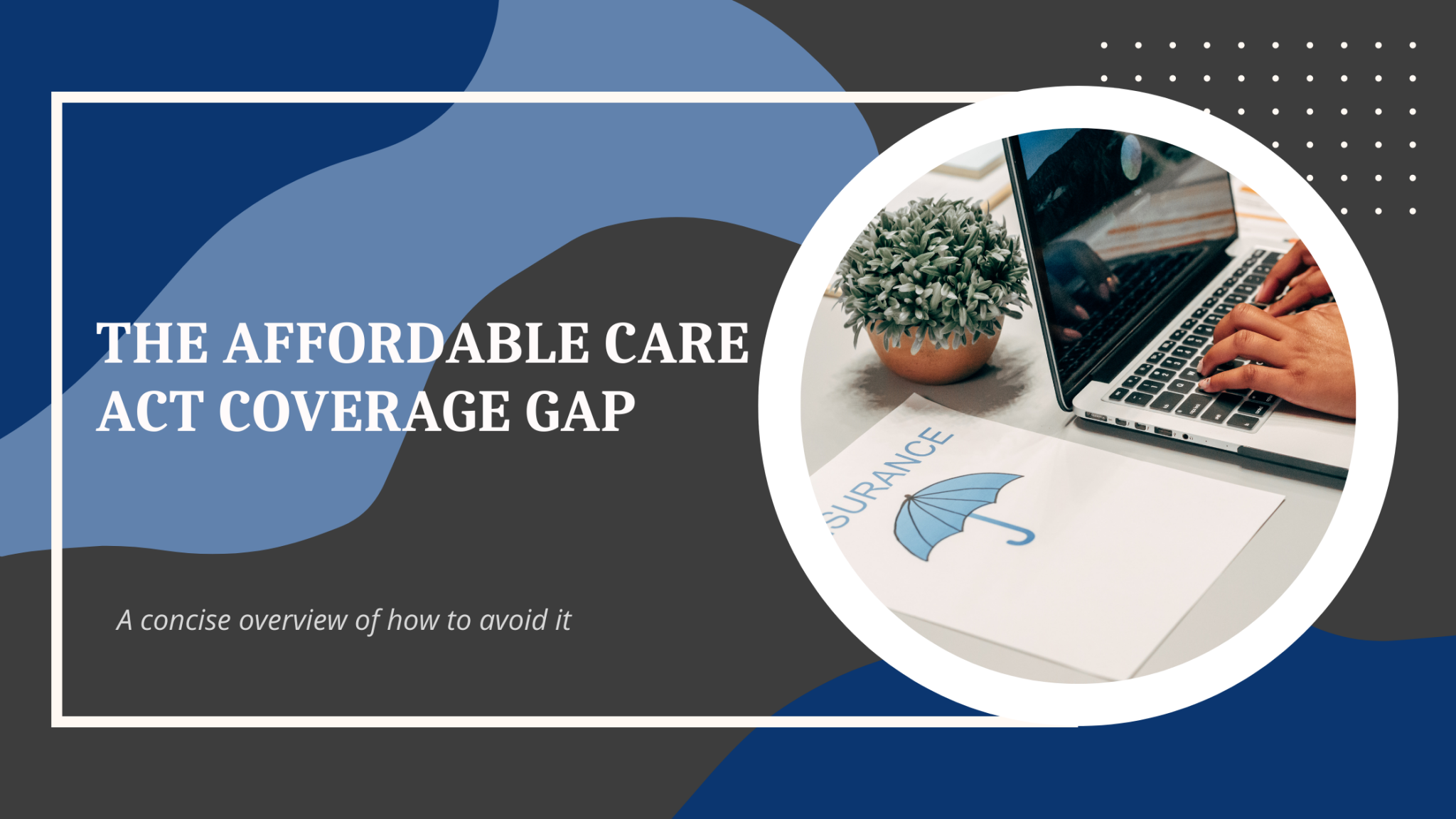
If you find that you’re not earning a lot of income and you live in one of the twelve states that have refused to enact the Affordable Care Act’s expansion of Medicaid eligibility, there are some things you can do to make sure you have coverage. Today we’re going to be going over the coverage gap, and how you can avoid it.
What is the Coverage Gap?
The remaining non-expansion states are as follows:
- Alabama
- Florida
- Georgia
- Kansas
- Mississippi
- North Carolina
- South Carolina
- South Dakota
- Tennessee
- Texas
- Wyoming
The creators of the ACA intended for people in need to be eligible for Medicaid, however, legislators in the aforementioned states said no. This has led to two million people in their gap, ineligible for Medicaid and leaving them without help paying for coverage. Instead, there’s a minimum income to qualify for the subsidized marketplace coverage. This means you have to be at 100% of the federal poverty level (FPL). The minimum cutoffs are as follows:
- 1 person – $12,800
- 2 people – $17,420
- 3 people – $21,960
- 4 people – $26, 500
If you’re between 100% FPL and 150% FPL ($19,230 for an individual, $39,750 for a family of four), the Silver plan with a strong cost-sharing reduction is free. At 150-200% FPL, the coverage is 2% of your income. However, when you’re above 200% FPL, the percentage rises to 8.5% of your income, maximum. Subsidies in non-expansion states aren’t available to people whose household income falls below the 100% FPL.
Tactics to Avoid the Coverage Gap
There are a few things you can keep in mind to have subsidized ACA coverage.
Know the Eligibility Cutoff
In order to qualify for subsidized coverage, you must have an annual income that’s over 100% of the FPL (see bulleted list above). If you can’t make at least $13,000 of income in a non-expansion state, you will not be eligible.
Gross Income vs. Net Income
Make sure you know what each term means: these words mean the income before and after taxes. The application calls for gross income. This is the income before taxes, the biggest number on your pay stub.
If Necessary, Try To Earn More Money
If absolutely necessary and you fall short, try to see if you can earn more income. Whether that be babysitting, mowing your neighbor’s lawn, or even selling baked goods each month can lead to enough income to be entered as self-employment on the application.
Do Your Best to Recognize Any Uncertainties
The application for coverage does have a box to check if your annual income is going to be difficult to predict. If you’re uncertain about how many hours you’ll work per week, or if your job relies on tips and overtime, or even how much is available to work if you’re self-employed, you can click the box. However, it’s your responsibility to make sure you take everything into account when applying. The eligibility threshold is a hard limit.
Count Every Income in the Household
The income of the household is everyone on the tax return, whether they’re seeking federal coverage or not. This includes spouses getting social security, any pensions, retirement accounts, and alimony (if it was awarded before 2019).
How Do You Count?
On the application, you’re allowed to estimate your income on an hourly, weekly, twice-monthly, monthly, or yearly basis. This allows some flexibility to take your income into account for the year.
